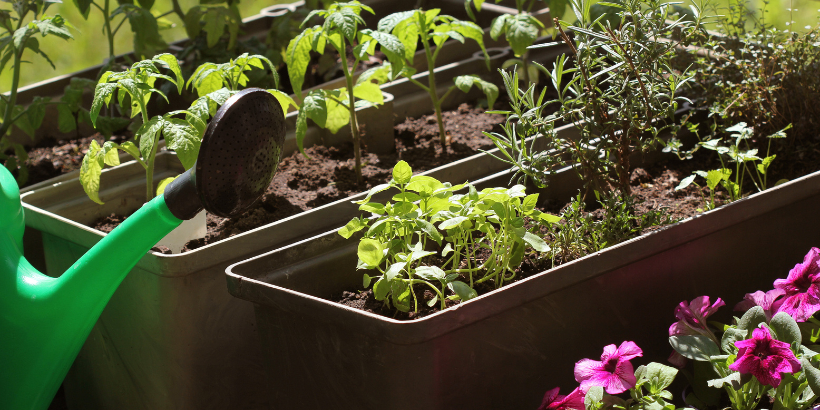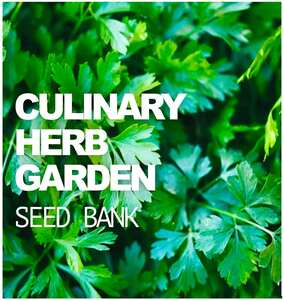The Comprehensive Overview to Horticulture: Discover the Benefits of Different Styles and Techniques
Horticulture encompasses a varied range of designs and techniques, each offering unique advantages tailored to individual choices and environmental contexts. As we explore these various styles, it ends up being evident that the options made can considerably affect both the yard's wellness and its contribution to the surrounding atmosphere.
Comprehending Horticulture Basics
Understanding the fundamentals of horticulture is crucial for cultivating a flourishing and lasting yard. An effective horticulture endeavor begins with a solid foundation of expertise relating to soil, plant choice, and environment factors to consider.
Selecting the right plants is equally essential. Comprehending their details demands-- such as sunshine, water, and spacing-- ensures compatibility with the local climate and soil conditions. This selection process should also consider the growth habits and lifecycle of plants, allowing for a balanced and aesthetically pleasing garden.
Moreover, effective sprinkling techniques are crucial. Over-watering and under-watering can both lead to plant stress and condition. Applying a timetable based upon seasonal modifications and plant demands can improve water effectiveness.
Popular Horticulture Styles
What specifies the essence of popular horticulture designs? These styles encapsulate varied visual principles, functional demands, and ecological considerations, ultimately reflecting the garden enthusiast's individual vision. Among one of the most prominent styles is the cottage yard, defined by its informal format and a vivid variety of flowers and veggies. This technique emphasizes an unified blend of color and appearance, producing an inviting ambience.
Alternatively, the formal garden personifies balance and order, frequently including geometric patterns and diligently cut hedges. This design communicates style and elegance, with carefully chosen plants that reinforce an organized visual.
The Japanese garden supplies a peaceful and introspective experience, utilizing all-natural elements like water, rocks, and plants to develop a peaceful setting. It focuses on simplicity and balance, urging consideration.
Furthermore, xeriscaping has gained popularity, specifically in dry areas (Gardening). It prioritizes drought-resistant plants and effective water usage, promoting sustainability while boosting landscape elegance
Benefits of Container Horticulture
Container horticulture offers a wide variety of benefits that make it an attractive alternative for both beginner and seasoned garden enthusiasts alike. One of the main benefits is adaptability; containers can be placed in various places, enabling garden enthusiasts to maximize sunlight exposure and produce visually attractive plans. This flexibility makes it feasible to yard in spaces where conventional in-ground gardening might not be practical, such as balconies, patios, or urban environments.
Additionally, container gardening gives far better control over dirt problems. Garden enthusiasts can tailor the dirt mix to match details plants, ensuring optimal water drainage and nutrient availability. This is specifically advantageous for individuals living in locations with inadequate or infected dirt.
One more substantial benefit is the reduced danger of insects and conditions. Container plants can be monitored extra quickly, and any concerns can be dealt with without delay. This strategy can reduce the spread of intrusive species.
Sustainable Horticulture Practices
Sustainable gardening techniques are vital for advertising environmental health and wellness and boosting biodiversity in our environments. These techniques prioritize environmental equilibrium, resource conservation, and using organic methods to lessen adverse environmental effects. By using techniques such as composting, gardeners can minimize waste while improving soil health, consequently cultivating a thriving garden environment.
Water preservation is one more critical facet of sustainable horticulture. Techniques such as rain harvesting, drip irrigation, and using drought-resistant plants can dramatically reduce water usage while making certain that plants obtain appropriate dampness. Incorporating indigenous plant types into garden layouts supports neighborhood wild animals and lowers the demand for chemical plant foods and pesticides, which can be damaging to the atmosphere.

Inevitably, lasting gardening methods not only add to much healthier gardens however likewise advertise an even more resilient atmosphere, using long-lasting benefits to both the garden enthusiast and the bordering community.
Tips for Effective Gardening
To grow a successful yard, garden enthusiasts should prioritize image source cautious preparation and thoughtful execution of their gardening approaches. Begin by assessing the neighborhood climate and soil conditions, as these variables substantially affect plant choice and development. Select plants that are fit to your environment, thinking about indigenous species that will love marginal treatment.
Implementing a well-structured format is vital (Gardening). Utilize buddy planting techniques to advertise biodiversity and all-natural pest control, while guaranteeing each plant has sufficient room for development. This not just improves appearances but additionally boosts total plant health and wellness
Routine maintenance is crucial to a successful yard. Establish a regular schedule for watering, weeding, and fertilizing. Mulching can assist keep moisture and subdue weeds, while additionally including raw material to the dirt.
Do not ignore the significance of observation. Routinely keeping an eye on plant health and wellness and growth will enable timely treatments. Lastly, be open to learning and adjusting; gardening is a continual process that takes advantage of experience and trial and error. By focusing on cautious preparation, execution, and recurring maintenance, garden enthusiasts can achieve a vivid and efficient yard that thrives throughout the periods.
Final Thought

In recap, the exploration of varied horticulture styles and strategies exposes their diverse benefits, adding to both visual allure and ecological health. Container gardening uses flexibility and access, while lasting practices enhance ecological stewardship. By integrating various strategies and techniques, garden enthusiasts can enhance their initiatives, promote biodiversity, and develop useful outdoor spaces. Ultimately, this comprehensive guide functions as a useful resource for cultivating effective gardening experiences, cultivating a much deeper link with go nature and like it the bordering ecosystem.
Comments on “Seasonal Gardening Tips: What to Plant and When for Best Results”